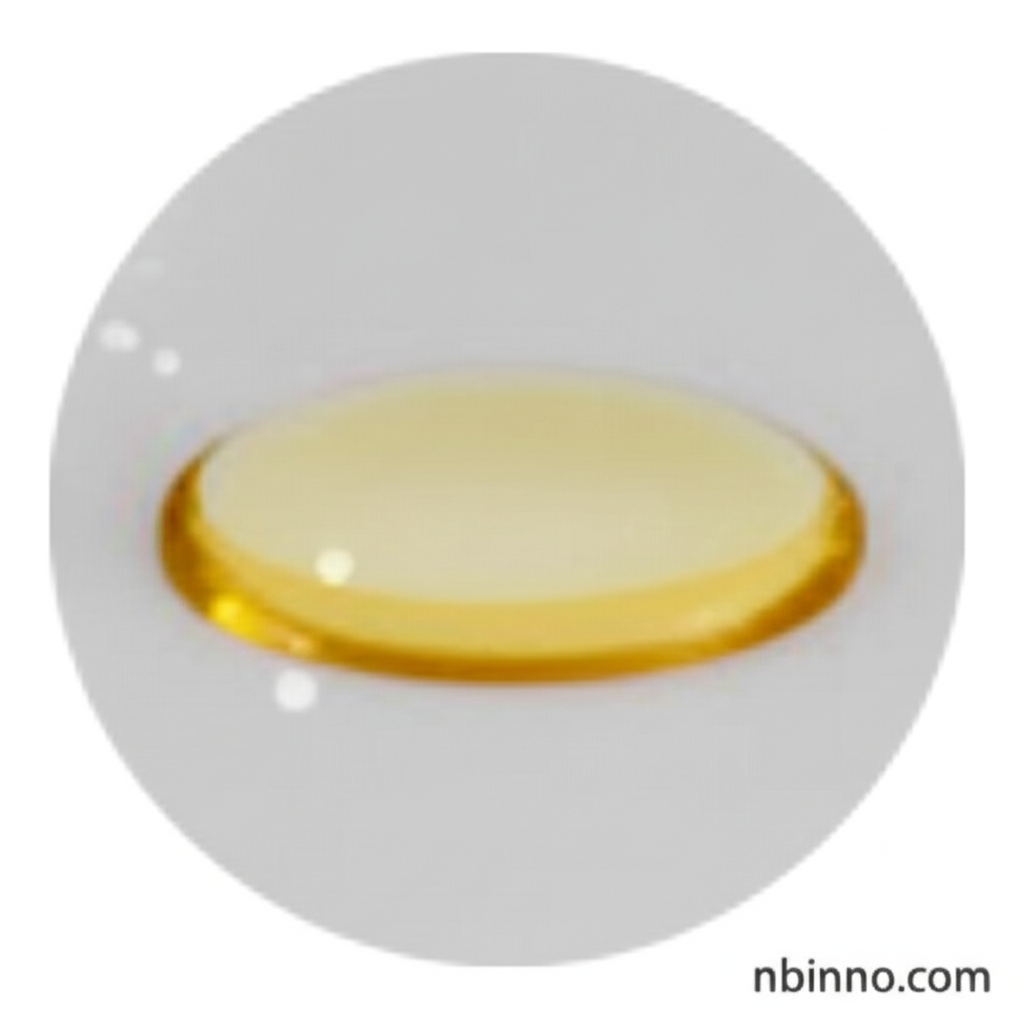Discover the Buttery Aroma: A Comprehensive Guide to 3-Hydroxy-2-Butanone (Acetoin)
Unlock the secrets of a key flavor and fragrance ingredient, essential for creating delicious and captivating sensory experiences.
Get a Quote & SampleProduct Core Value

3-Hydroxy-2-butanone
3-Hydroxy-2-butanone, widely recognized as Acetoin, is a chemical compound prized for its distinct buttery aroma. Its versatility makes it a valuable component in the food industry for creating a wide range of dairy and fruit flavors, and it also finds significant use in the fragrance sector as a key aroma carrier. Beyond its sensory applications, Acetoin serves as an important intermediate in various microbial metabolic pathways, notably the butanediol cycle, and is also utilized in general organic synthesis.
- Explore the applications of acetoin in the food industry to enhance dairy and fruit-based products, delivering a rich, creamy taste profile.
- Understand the odor profile of acetoin, characterized by its pleasant buttery notes, which makes it a sought-after ingredient for flavorists.
- Learn about acetoin production methods, including microbial synthesis, which contributes to its availability for various industrial uses.
- Discover the role of acetyl methyl carbinol applications in creating complex flavor blends and enhancing the appeal of confectionery and baked goods.
Key Advantages
Versatile Flavoring Agent
Leverage the acetoin flavor uses to impart a desirable buttery note to a variety of food products, from baked goods to dairy items.
Aromatic Fragrance Component
Utilize the fragrance ingredient acetoin to add warm, creamy undertones to perfumes, cosmetics, and personal care products.
Industrial Intermediate
Benefit from 3-hydroxy-2-butanone chemical properties as a valuable intermediate in organic synthesis and microbial processes.
Key Applications
Food Flavoring
As a permissible flavor, 3-Hydroxy-2-butanone is instrumental in the preparation of cream, dairy, yogurt, and strawberry flavors, contributing to authentic taste profiles.
Fragrance Industry
Its pleasant aroma makes it a key component in fragrances, acting as an aroma carrier for essences and perfumes, adding a warm, comforting note.
Organic Synthesis
The compound's structure allows it to serve as a building block or intermediate in various organic synthesis pathways, facilitating the creation of more complex molecules.
Microbial Metabolism
Understanding microbial acetoin synthesis is crucial, as it plays a role as an intermediate in metabolic pathways like the butanediol cycle in certain microorganisms.
